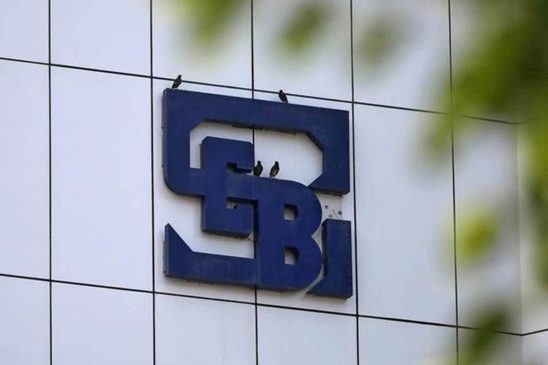Currently, the Indian stock market operates on a T+1 settlement cycle for all scripts.T+0 means all settlements will happen on the same day.
The Securities and Exchange Board of India (Sebi) will start the T+0 trade cycle settlement on an optional basis later this month by March 28, said chairperson of SEBI, Madhabi Puri Buch in an AMFI event on March 11.
Read More: PM Modi to inaugurate world record 6000 projects nationwide worth Rs 85,000 crores
What Is T+0 Settlement?
Currently, the Indian stock market operates on a T+1 settlement cycle for all scripts.T+0 means all settlements will happen on the same day. Instant settlement will help the traders to settle trades immediately. Earlier, SEBI chairperson had given hints about this decision. Wherein she had said that SEBI wants the T+0 settlement norm to be in place from March-end 2024 and T plus instantaneous settlement 12 months from thereon.
India 2nd Country In T+0 Settlement
China is the first country which already operated in a short settlement cycle of one day. India will now become the 2nd country if it starts T+0 settlement. Whereas many other economies, trade settlement still gets completed within two days.
Read More: India will have 2-3 more chip fabs: S Krishnan
T+0 Settlement Plans By SEBI
In December last year, SEBI had announced its plans over T+0 settlement in phases.
In Phase 1,
- An optional T+0 cycle can be implemented for trades taken till 1:30 pm.
- Then the settlement of funds and securities is to be completed by 4:30 pm.
Read More: IndusInd Bank launches India’s first all-in-one payment wearables
In Phase 2,
- It will be an optional instant trade-to-trade settlement for both funds and securities, which will be done till 3:30 pm.
- After this kind of settlement is implemented, Phase 1 of optional T+0 will be discontinued.
Initially, eligible securities for T+0 settlement will be in the top 500 listed companies as per their market capitalisation. Then they will be transitioned to the new settlement cycle in three tranches of 200, 200, and 100 from lowest to highest market cap.





































